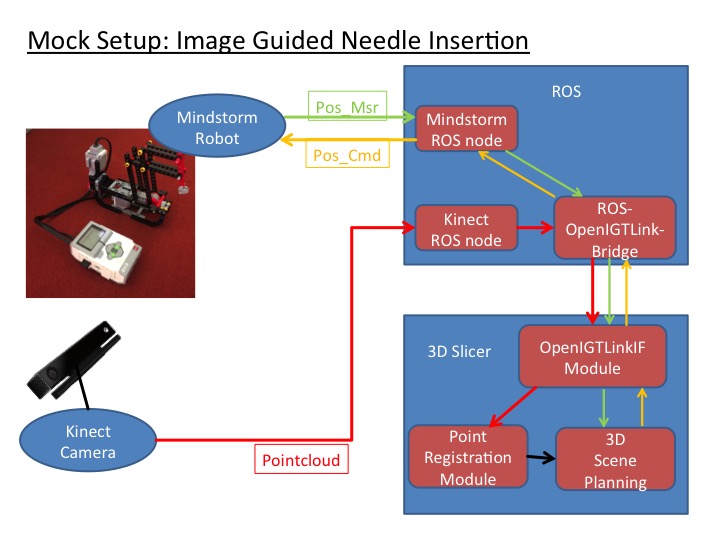2017 Winter Project Week/ROS Surface Scan
From NAMIC Wiki
Home < 2017 Winter Project Week < ROS Surface Scan
Key Investigators
- Tobias Frank (Institute of Mechatronic Systems, Leibniz University of Hannover, Germany)
- Junichi Tokuda (SPL, Boston)
- Longquan Chen (SPL, Boston)
Project Description
| Objective | Approach and Plan | Progress and Next Steps |
|---|---|---|
|
|
|

